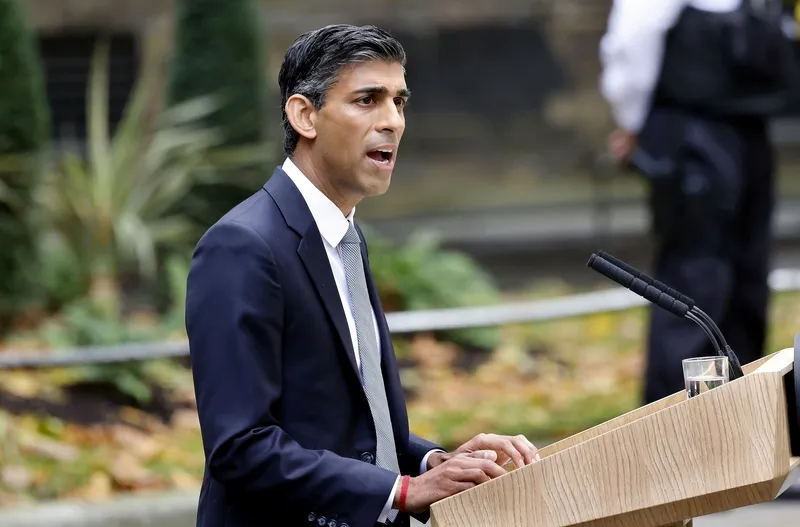Metrolinx and York Region Rapid Transit Corporation (YRRTC) today announced the award of a US$248 million contract to the EDCO joint venture to design, build and finance the next phase of the dedicated York Viva Bus Rapid Transit rapidways along the Highway 7 transit corridor Southern Ontario, Canada.
This initiative is part of the York Viva BRT project which represents a US$1 billion transit investment from the Government of Ontario and is part of Metrolinx's 25-year Regional Transportation Plan for an
September 30, 2015
Read time: 2 mins
This initiative is part of the York Viva BRT project which represents a US$1 billion transit investment from the Government of Ontario and is part of Metrolinx's 25-year Regional Transportation Plan for an integrated and sustainable transit and transportation system in the Greater Toronto and Hamilton Area (GTHA). The project is being implemented by Metrolinx.
This contract is a public-private partnership to design, build and finance ten new vivastations and approximately 12 kilometres of rapidway along two sections of Highway 7. Construction begins in 2016, and the rapidway will open for service in 2020.
In total, vivaNext rapidways are being built along 34 kilometres of key York Region corridors and will include a total of 38 new vivastations. The new rapidways will make it easier to travel in and around York Region by improving travel times and service reliability, and will integrate with local transit systems for better connectivity.
EDCO is a joint venture of EllisDon Capital and Coco Paving, supported by a design-build joint venture of EllisDon Civil and Coco Paving and a design team of IBI Group, LEA Consulting and Peto MacCallum.









